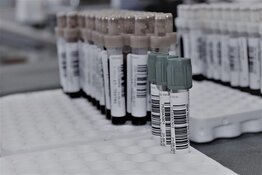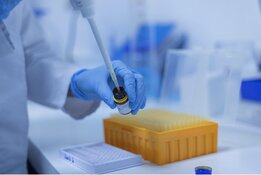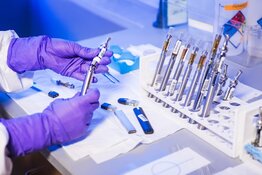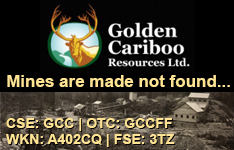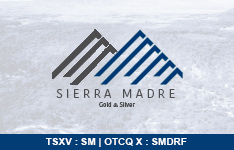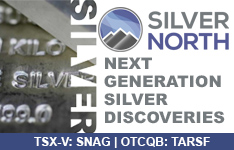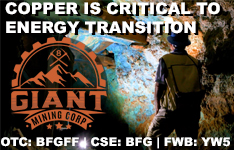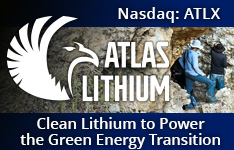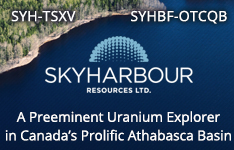One of Husain's major focus areas is the more newly discovered biomarkers. Given their sophistication, one would think that the newer genomic-based assays might be expected to sustain pricing power longer than traditional diagnostics. "The velocity of innovation in general, whether it is diagnostics or pharmaceuticals or medical supplies, has increased," he says. One example is Sequenom Inc. (SQNM:NASDAQ) (Husain: Buy; Target $7), which recently launched its diagnostic test MaterniT21 to detect fetal Down syndrome (an extra chromosome 21, called trisomy 21 or T21). The test came to the market in October 2011, but inside of two months, it had already made changes. Early in the first trimester of pregnancy, a maternal blood sample is drawn from which fetal DNA can be checked for trisomy 21. But new modifications to the assay can now detect trisomy 18 (Edwards syndrome) and trisomy 13 (Patau syndrome). Catalysts that could move the stock include discussions with payers and a rapid adoption curve.
Another interesting diagnostics play on Husain's coverage list is Myriad Genetics Inc. (MYGN:NASDAQ) (Husain: Buy; $28), which is facing a challenge in ACLU v. Myriad, a case which may be affected by the recent U.S. Supreme Court's unanimous decision holding for Mayo in Mayo v. Prometheus. Circuit Courts of Appeals will look to the Mayo case as a potential precedent in the ACLU case. The high court has decided that Prometheus was attempting to patent laws of nature, which is not legal under Section 101 of U.S. Patent Law. With 80% of Myriad sales coming from its BRACAnalysis test for gene mutations to determine breast cancer risk, a ruling against Myriad would not be a favorable outcome. But Husain is not all that concerned. He rationalizes, "What's at risk here with Myriad, are seven patents and 15 claims. Do these seven patents and 15 claims represent the entire intellectual property estate for Myriad?" he asks. "No, of course they don't. The loss of seven patents would not invalidate the BRACAnalysis business, and it would not fall apart the next day."
Tools and diagnostics manufacturer Bio-Rad Laboratories Inc. (BIO:NYSE) (Husain: Buy: Target $115) is a midcap play that offers both growth potential as well as safety in diversification. In fact, not single customer represents more than 2% of total sales. "The risk is really spread out," says Husain.
Hologic Inc. (HOLX:NASDAQ) (Husain: Buy; Target $26) has competed successfully with General Electric Company (GE:NYSE) in the mammography space. Its business plan was sound enough that in less than three years, "It was able to bring GE to its knees in digital mammography." In early 2011 Hologic's new digital breast system Dimensions Tomosynthesis was approved, and its introduction to the market has gone quite well so far, but "I think 2012 could be the inflection point that we see on the rollout of this product," says Husain.
He refers to Varian Medical Systems (VAR:NYSE) (Buy; Target $76) as the "800-pound gorilla" in radiation oncology. The company has been in this market for decades, and it has the capital and critical mass to stay at the top. "Radiation oncology is one of the last great profit centers for hospitals, and they're always on the hunt for the latest and greatest new technology," he says. "Varian is always ready to provide them with that new technology."
DISCLOSURE:
1) George S. Mack of The Life Sciences Report personally and/or his family own shares of the following companies mentioned in this interview: None.


